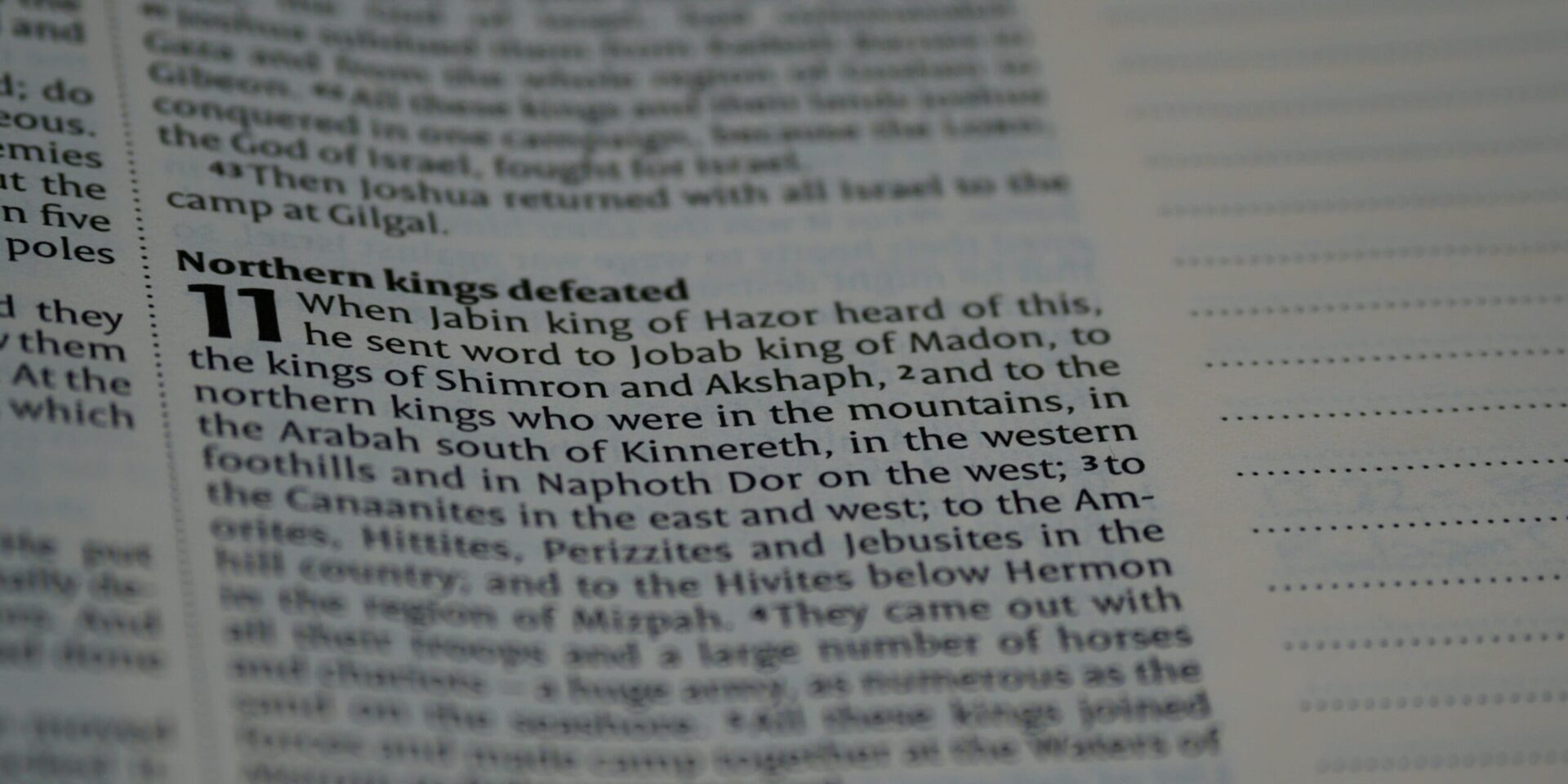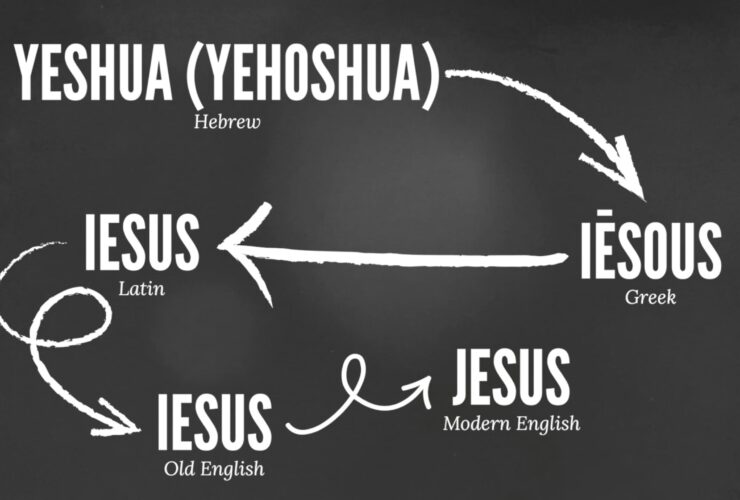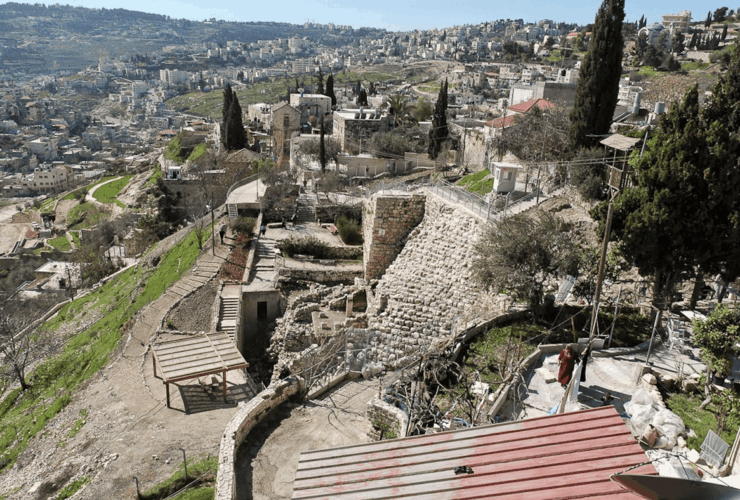The ancient city of Hazor was located just north of the Sea of Galilee. It is first mentioned in Joshua 11. Jabin, the king of Hazor, gathered together an alliance of multiple kings and their cities and fighting men to resist the Israelites. Hazor was the head of a major Canaanite coalition. The Bible records Israel’s utter victory over this coalition: how they chased them all the way up to Sidon area and killed all that they caught, and then how they captured the allied cities, killed their kings but left the cities themselves standing. All except for Hazor. Hazor was captured, the king killed, and the city completely razed. The head of the enemy alliance became a signal fire.
Later on in the Bible, another leader of Israel had to face an enemy in Hazor (Judges 4). This time the Judge Deborah led the Israelites in battle against another Jabin, king of Hazor, and his army commander Sisera. Once again, the Israelites were successful in defeating Hazor.
Not too long after, Hazor was eventually rebuilt by King Solomon as an Israelite defensive city (1 Kings 9:15). A few generations later, it was captured by Assyria, namely, Tiglath-Pileser (2 Kings 15:29), and Jeremiah prophesied that it would be destroyed completely by Nebuchadnezzar of Babylon (Jeremiah 49:28-33).
“And it came to pass, when Jabin king of Hazor heard these things…”
Joshua 11:1
Extensive archaeological work has gone on at Hazor (Yigael Yadin 1955-58, 1968-69. Amnon Ben Tor 1990-present). Its upper tel boasts an ancient acropolis of 30 acres, that from a bird’s eye view looks bottle shaped. Remnants of the Israelite city of Solomon that flourished for about 200 years include fortifications, a tower, homes, a water system and a six chambered gate. Under this Israelite city was found evidence of the old Canaanite city. Some of the finds from this time include a Canaanite temple that was found underneath Solomon’s gate complex, a section of the city wall and its corresponding moat, several Egyptian statues, a monumental basalt staircase and a large “ceremonial palace”.
All experts agree that this Canaanite city was destroyed and set on fire: A thick layer of ancient ash attests to it. Inside the palace, whose walls still stand 6.5 feet high, the ferocity of the fire was discovered. Based off of melted clay vessels and vitrified mudbricks, that is mudbricks that have begun to transform into glass, the current excavator has determined that the fire was twice the temperature of a regular fire.[1] Likely due to the building materials, storerooms of nearly a thousand gallons of oil and the winds in the area. The palace also yielded two bronze statues (1 king, 1 god), a large basalt statue (god), a jewelry box, weapons, and a lion shaped ceremonial drinking cup. Peculiar to this destruction of Hazor is that the targeted areas were public and religious buildings, and that the destroyers purposefully disfigured images and statues of kings and gods (i.e., cut off their heads and hands).
This perfectly aligns with a destruction by the Israelites as outlined in the Bible. Most scholars align it with the destruction in Joshua 11 (around 1400BC), but based off of the date of about 1250-1200BC, this would align it well with a destruction by Deborah and Barak in Judges 4 (around 1200BC).
What’s In a Name?
A careful reader will note that the name of the king of Hazor is the same in the accounts of Joshua 11 and Judges 4: Jabin, king of Hazor. On the surface, this seems to add evidence to the theory that these events should be understood as one in the same, even though Biblically they are separated by over 100 years.
Scholar Douglas Petrovich has convincingly argued that Jabin should be understood as a dynastic title. A name that was given to many kings of Hazor, added into their longer names as a claim to be in the line of legitmate kings of Hazor. This can be seen to have similarities to the title “Pharaoh” in ancient Egypt.[2]

Corie Bobechko is a daily co-host, speaker, and writer of Bible Discovery. She also hosts a YouTube channel that shows how history and archaeology prove the Bible. Her heart for seekers and skeptics has led her to seek truth and share it with others. Corie also has a Bachelor of Theology from Canada Christian College.
[1] Ben-Tor, Amnon. “Who Destroyed Canaanite Hazor?” Biblical Archaeology Review 39.4 (2013): 28–36, 58–59.
https://www.baslibrary.org/biblical-archaeology-review/39/4/2
[2] Petrovich, Douglas. “The Dating of Hazor’s Destruction in Joshua 11 Via Biblical, Archaeological, and Epigraphical Evidence.”
https://biblearchaeology.org/research/chronological-categories/conquest-of-canaan/2454-the-dating-of-hazors-destruction-in-joshua-11-via-biblical-archaeological-and-epigraphical-evidence?highlight=WyJoYXpvciIsImhhem9yJ3MiLCInaGF6b3IiXQ==
• Biblical Archaeology Society. “Biblical Archaeology Reviews.” Biblical Archaeology Review. Accessed April 3, 2025. https://www.biblicalarchaeology.org/biblical-archaeology-reviews/32942/.
• Associates for Biblical Research. “The Date of the Exodus-Conquest in Joshua 1:1: Biblical, Archaeological, and Epigraphical Evidence from the Middle Bronze Age.” BibleArchaeology.org. Accessed April 3, 2025. https://biblearchaeology.org/research/chronological-categories/conquest-of-canaan/2455-the-date-of-the-exodus-conquest-in-joshua-1-1-1-biblical-archaeological-and-epigraphical-evidence-from-the-middle-bronze-age/.
• Biblical Archaeology Society. “Jericho in the Bible.” Biblical Archaeology Review, Daily. Accessed April 3, 2025. https://www.biblicalarchaeology.org/daily/biblical-sites-places/jericho/jericho-in-the-bible/.
• Associates for Biblical Research. “Jericho and the Bible: Chronological and Historical Considerations.” BibleArchaeology.org. Accessed April 3, 2025. https://biblearchaeology.org/research/chronological-categories/late-bronze-age-1550-1200-bc/4409-jericho-and-the-bible-chronological-and-historical-considerations/.
• Biblical Archaeology Society. “Jericho’s Walls: Did They Fall Outward?” Biblical Archaeology Review, Daily. Accessed April 3, 2025. https://www.biblicalarchaeology.org/daily/biblical-sites-places/jericho/jericho-s-walls-did-they-fall-outward/.






